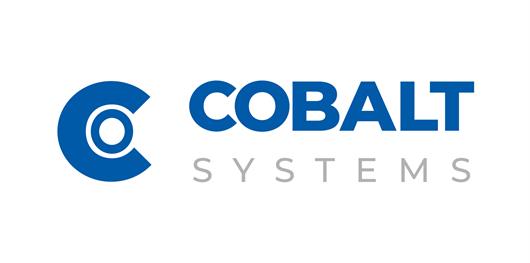In today’s fast-paced manufacturing industry, the need for efficient and accurate labelling is more important than ever. With the increasing volume of products being produced, manual labelling can be time-consuming, costly, and prone to human error.
Automated labelling offers a solution to these problems by providing efficiencies that can save time and money and improve the quality of the labelling process.
In this blog post, we’ll explore 7 key efficiencies that automated labelling can provide in the packaging process:
Increased speed
One of the major benefits of automated labelling is the increased speed at which products can be labelled.
Traditional manual labelling can be slow and time-consuming, but automated labelling systems can process large numbers of products quickly and accurately. This can result in faster production lines, which leads to increased productivity and cost savings.
Automated labelling can be integrated with other automation systems such as barcode scanning and RFID tagging to track products throughout the production line. This allows for real-time monitoring and identification of products, resulting in a faster and more efficient production process.
Improved accuracy
If you’re looking for more accurate and efficient processes, automated labelling can also be combined with validation and verification technologies.
These technologies significantly reduce the chances of a product having an ineligible or incorrect label, both of which can be difficult and expensive to resolve. Fixed industrial scanners integrated as part of a labelling machine can read a label to check its quality and carry out a second check to ensure the label relates to the contents.
For guaranteed accuracy, it’s an essential component of an automated process.
Reduced human error
Automated labelling is a great way to reduce human error.
Manual labelling can lead to mistakes, such as misplacement or even missing a label entirely, both of which can be costly and time-consuming to rectify.
Automated labelling systems, on the other hand, are designed to ensure that labels are applied consistently and correctly.
Better traceability
Traceability is one of the key improvements that comes with labelling automation.
Traceability refers to the ability to track and trace products throughout the production process and supply chain, and is important for many industries, especially those that deal with perishable goods or medical equipment for example.
Within your own environment, RFID tagging and other identification technology provide real-time tracking and traceability of products, allowing for efficient monitoring and identification of products throughout the production process, from raw materials to finished goods. With this, it enables quick identification of any issues or defects and allows for efficient recall or corrective actions.
More flexibility
Automated labelling can also provide increased flexibility.
A well-specified system adapts to different products and requirements, allowing for the efficient labelling of a wide range of different sizes, as well as for single- or dual-sided labelling. This can be especially useful for manufacturers that produce various items, or for companies that need to change their labelling requirements frequently.
This flexibility can help to ensure that the correct label is applied to the correct product, regardless of the product type or labelling requirement. Integration with other systems, most commonly ERP software helps provide a comprehensive and efficient solution for manufacturers to maximise OEE.
Improved scalability
As with any intelligently designed system, an automated packaging line is much easier to scale than its manual equivalent.
As a production line grows, the need for efficient and accurate labelling becomes increasingly important. Automated labelling systems can handle large numbers of products, making it possible to scale up production without the need for additional human labour.
This can be especially beneficial for manufacturers that experience seasonal or sporadic spikes in demand, as it allows them to easily increase production without having to hire additional staff or work with agencies. This can help to improve the overall efficiency of the production process and reduce the potential for errors, making it easier to scale up production both temporarily and also for long-term growth.
Reduced labour costs
Automated labelling in production lines can also help to reduce labour costs.
Manual labelling can require a significant number of workers to keep up with production. A single person could be employed just to manage the labelling requirements of a single line. For manufacturers with multiple lines, that’s not a long-term viable solution.
Automated labelling systems hugely reduce the need for human labour by handling the labelling process quickly and accurately. With the monotonous tasks taken care of by a well-calibrated, automatic system, those human resources can be better utilised elsewhere to add more value to the entire process.
For more about automated labelling in production lines, get in touch with Cobalt to find out how to improve your processes.
We’re more than happy to help with any enquiry about automated labelling and look forward to working with you.



